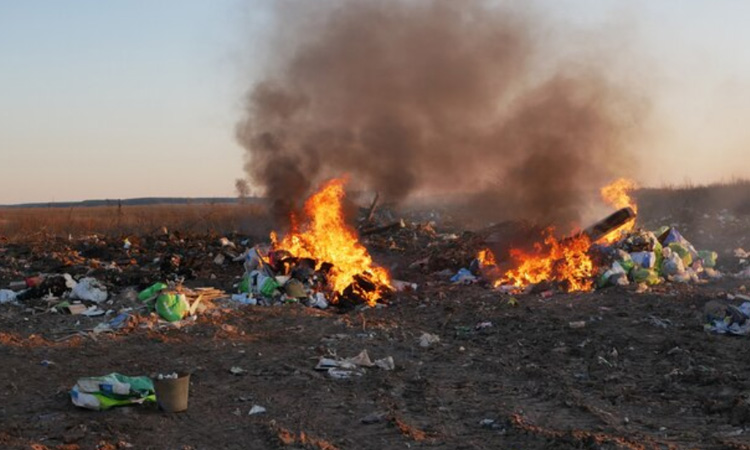In the face of mounting environmental challenges, the burning of plastics emerges as a significant contributor to pollution, casting a shadow on air quality and ecosystems alike. This article delves into the intricate web of consequences tied to the incineration of plastics, exploring its far-reaching impact on the environment, human health, and potential solutions for a cleaner, sustainable future.
Understanding the Process of Burning Plastics
Plastic combustion, whether intentional or accidental, releases a cocktail of pollutants into the air. Plastics, derived from petrochemicals, undergo complex chemical reactions when burned, emitting harmful substances such as dioxins, furans, and various toxic gases.
Toxic Emissions: Dioxins and Furans
Dioxins and furans are highly toxic compounds that form during the burning of plastics. These persistent organic pollutants pose severe health risks and can accumulate in the environment. Understanding the extent of their release during plastic incineration is crucial for assessing the overall impact on ecosystems and human health.
Greenhouse Gas Emissions
The burning of plastics contributes to the release of greenhouse gases, including carbon dioxide (CO2) and methane. These gases trap heat in the atmosphere, contributing to global warming and climate change. Analyzing the scale of plastic-related greenhouse gas emissions is imperative for developing effective strategies to mitigate their impact on our planet.
Environmental Impact
-
Air Pollution and Respiratory Health
The direct consequence of burning plastics is the degradation of air quality. The release of toxic fumes and particles can lead to respiratory issues and exacerbate existing health conditions. Understanding the correlation between plastic incineration and air pollution is essential for safeguarding public health.
-
Soil and Water Contamination
Airborne pollutants generated from burning plastics can settle on the ground, infiltrating soil and water sources. This contamination poses a threat to plant and aquatic life, disrupting ecosystems and potentially entering the food chain. Examining the pathways through which burned plastic pollutants spread is critical for devising comprehensive environmental protection strategies.
Human Health Concerns
-
Respiratory Illnesses and Cancer Risks
Exposure to the toxic emissions from burning plastics is linked to a range of respiratory illnesses, including asthma and bronchitis. Long-term exposure may also increase the risk of developing more severe conditions and, in some cases, cancer. Analyzing the direct and indirect health effects on communities near burning sites is crucial for advocating for cleaner, safer environments.
-
Reproductive and Developmental Risks
Certain chemicals released during plastic combustion are known to disrupt hormonal systems, raising concerns about their impact on reproductive health and fetal development. Investigating the links between burning plastics and reproductive issues is vital for understanding the broader implications on human populations.
Addressing the Crisis: Alternatives and Solutions
-
Promoting Recycling and Circular Economy Practices
Encouraging recycling and the adoption of circular economy practices stands as a fundamental solution to mitigate the need for burning plastics. By reducing the demand for new plastic production, we can curb the environmental impact and minimize the volume of plastic waste requiring disposal.
-
Investing in Waste-to-Energy Technologies
Waste-to-energy technologies offer a potential alternative to traditional plastic incineration. Controlled combustion processes can harness the energy released during plastic burning to generate electricity. Evaluating the feasibility and environmental impact of these technologies is essential for promoting sustainable waste management practices.
-
Community Education and Advocacy
Raising awareness within communities about the dangers of burning plastics is a crucial step in fostering responsible waste management practices. Empowering individuals to make informed choices regarding plastic disposal can have a ripple effect on reducing the prevalence of plastic incineration.
The burning of plastics casts a long shadow over our environment, contributing to air pollution, soil and water contamination, and posing significant risks to human health. Recognizing the intricacies of this issue is the first step towards implementing effective solutions. By promoting recycling, exploring alternative waste-to-energy technologies, and fostering community education, we can work towards a future where the dark clouds of plastic burning no longer loom over our planet. It is our collective responsibility to address this crisis, safeguarding the environment and the well-being of generations to come.
Next On Your Reading List:




